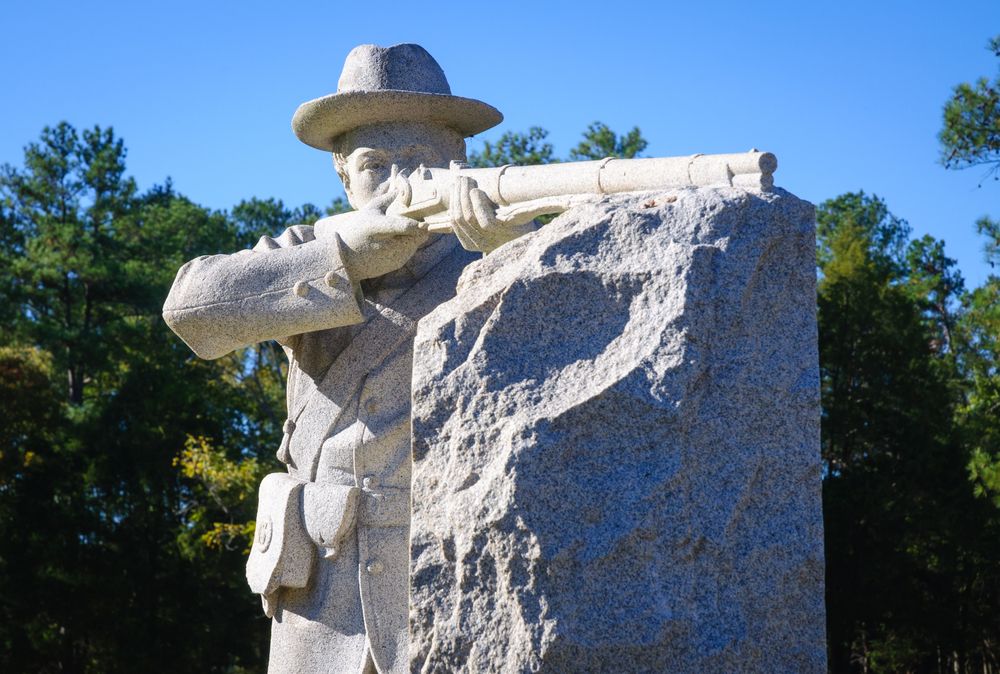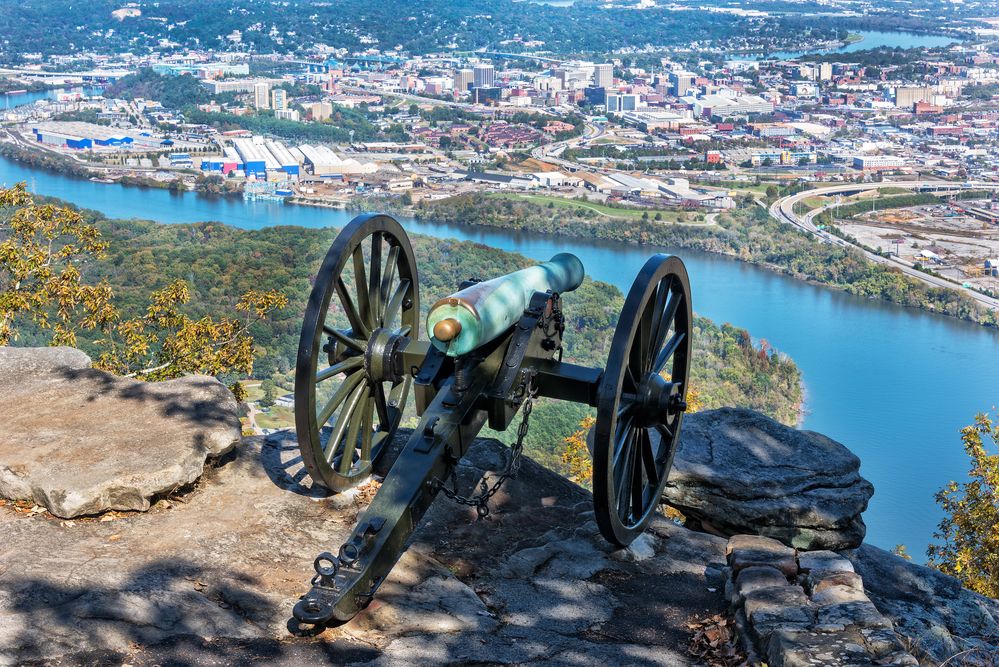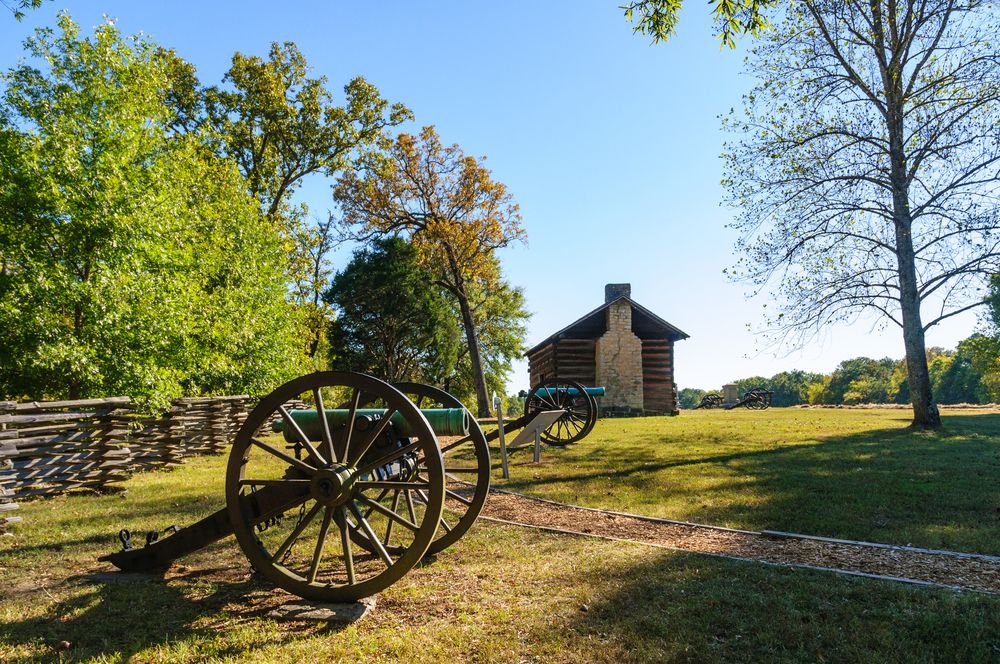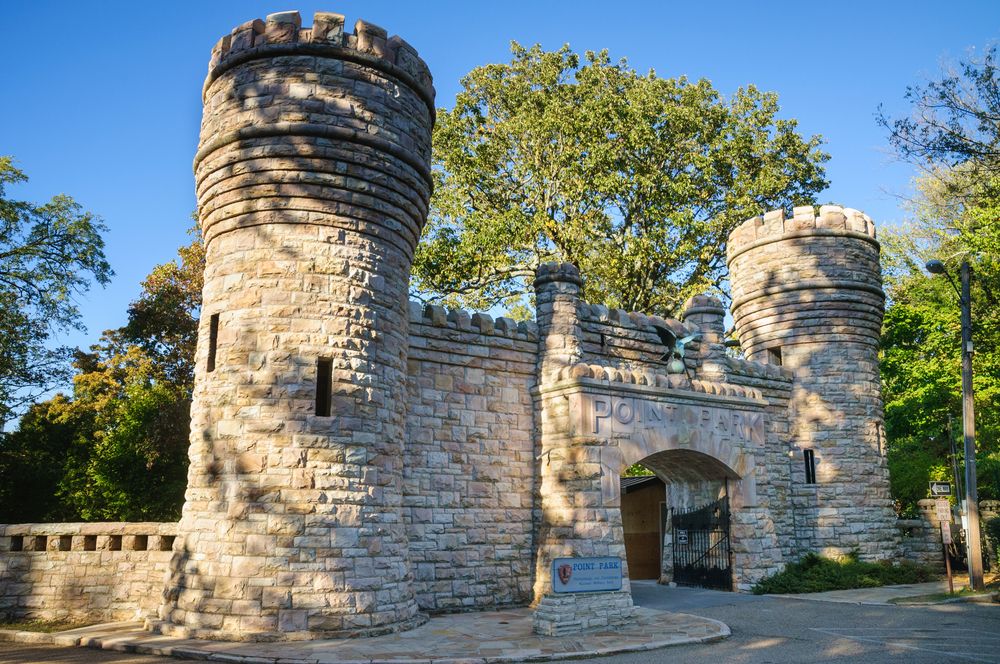The Chickamauga and Chattanooga National Military Park in Southern Tennessee and Northern Georgia preserves more than 9,000 acres of these two battlefields over the Gateway to the Deep South in 1863. The Confederates were initially successful at Chickamauga in September but lost control of the Chattanooga area to the Union in November 1863. In 1890, this site was authorized by Congress as the first national military park in the country. The park, originally dedicated in 1895, contains six sections throughout greater Chattanooga.




What happened at the Battle of Chickamauga?
The Battle of Chickamauga, fought from September 18-20, 1863, was one of the bloodiest battles of the American Civil War. Here’s a summary of what happened:
Location: The battle took place in Catoosa and Walker counties, Georgia, near Chickamauga Creek.
Union Forces: The Union Army of the Cumberland, commanded by Major General William Rosecrans, aimed to capture Chattanooga, Tennessee, a vital railroad hub.
Confederate Forces: The Confederate Army of Tennessee, led by General Braxton Bragg, sought to prevent the Union from taking Chattanooga and launched a counterattack.
First Day of Battle: On September 18, skirmishes began as Confederate forces attempted to cross Chickamauga Creek. The fighting intensified on September 19, with both sides suffering heavy casualties1.
Second Day of Battle: On September 20, Confederate reinforcements under Lieutenant General James Longstreet arrived. A miscommunication led to a gap in the Union lines, which the Confederates exploited, breaking through and causing a chaotic Union retreat1.
Outcome: The Confederates won the battle, but failed to capitalize on their victory by pursuing the Union forces. Union troops regrouped in Chattanooga and were reinforced by General Ulysses S. Grant, eventually driving the Confederates out of the city in November 18632.
The Battle of Chickamauga was the second bloodiest battle of the Civil War, with nearly 24,000 casualties. It was a significant Confederate victory but ultimately a strategic defeat as it led to the Union’s control of Chattanooga.
Why was the Battle of Chickamauga important to the Civil War?
The Battle of Chickamauga was important to the Civil War for several reasons:
Strategic Location: Chickamauga was fought near Chattanooga, Tennessee, a vital railroad hub and gateway to the Deep South. Control of Chattanooga was crucial for both the Union and the Confederacy.
Confederate Victory: The Confederate Army of Tennessee, led by General Braxton Bragg, achieved a significant victory by breaking the Union Army of the Cumberland’s lines and forcing them into a retreat. This victory temporarily halted Union advances in the Western Theater1.
High Casualties: Chickamauga was one of the bloodiest battles of the Civil War, with nearly 24,000 casualties. The high number of casualties underscored the brutal nature of the conflict and the heavy toll it took on both sides.
Union Resilience: Despite the Confederate victory, the Union forces regrouped in Chattanooga and were reinforced by General Ulysses S. Grant. This set the stage for the Union’s subsequent victories at the Battles for Chattanooga in November 1863, which ultimately secured Union control of the city and paved the way for further advances into the Deep South1.
Impact on Morale: The battle had a significant impact on the morale of both sides. The Confederate victory provided a much-needed boost to Southern morale, while the Union’s ability to recover and eventually win at Chattanooga demonstrated their resilience and determination.
Overall, the Battle of Chickamauga was a pivotal moment in the Western Theater of the Civil War, influencing subsequent military campaigns and the overall course of the conflict.
What happened at the Battle of Chattanooga?
The Battles for Chattanooga took place from November 23-25, 1863, and consisted of several key engagements:
Battle of Lookout Mountain: On November 24, Union forces under Major General Joseph Hooker attacked Confederate positions on Lookout Mountain, earning the battle the nickname “Battle Above the Clouds” due to the fog and smoke that enveloped the mountain.
Battle of Missionary Ridge: On November 25, Union forces launched a major assault on Missionary Ridge. General Ulysses S. Grant ordered Major General George Thomas to attack the center of the Confederate line, while General William Tecumseh Sherman attacked the right flank at Tunnel Hill1. The Union troops successfully captured the ridge, driving the Confederates back into Georgia.
Outcome: The Union victory at Chattanooga broke the Confederate siege and opened the door for Union forces to advance into the Deep South. It also set the stage for General William Tecumseh Sherman’s Atlanta Campaign and his subsequent March to the Sea in 18641.
The Battles for Chattanooga were a turning point in the Western Theater of the Civil War, significantly boosting Union morale and paving the way for further Union successes in the region.
Why was Chattanooga important in the civil war?
Chattanooga, Tennessee, was a crucial strategic location during the American Civil War for several reasons:
Railroad Hub: Chattanooga was a major railroad center, connecting various parts of the Confederacy. Control of the city meant control of vital supply lines and troop movements1.
High Ground: The city’s location on high ground made it a defensible position. Both Union and Confederate forces recognized its strategic importance and fought fiercely to control it1.
Gateway to the Deep South: Capturing Chattanooga opened the door for Union forces to invade the Deep South. After the Union victory in November 1863, it set the stage for General William T. Sherman’s Atlanta Campaign and his famous March to the Sea in 18642.
Siege and Relief: Following the Confederate victory at the Battle of Chickamauga in September 1863, Union forces retreated to Chattanooga and were besieged by Confederate troops. The Union’s ability to break the siege and secure the city was a turning point in the Western Theater of the war2.
Union Supply Base: Once in Union hands, Chattanooga became a vital supply and communications base for Union operations in the region. It allowed the Union to maintain a strong presence and launch further campaigns into Confederate territory2.
The Battles for Chattanooga, including the battles of Lookout Mountain and Missionary Ridge, were pivotal in shifting the momentum of the war in favor of the Union.
Antietam National Battlefield
Cowpens National Battlefield
Fort Donelson National Battlefield
Fort Necessity National Battlefield
Kennesaw Mountain National Battlefield
Manassas National Battlefield
Monocacy National Battlefield
Petersburg National Battlefield
Richmond National Battlefield
Stones River National Battlefield
National Military Parks
Chickamauga and Chattanooga National Military Park
Fredericksburg and Spotsylvania National Military Park
Gettysburg National Military Park
Kings Mountain National Military Park
Shiloh National Military Park
Vicksburg National Military Park
